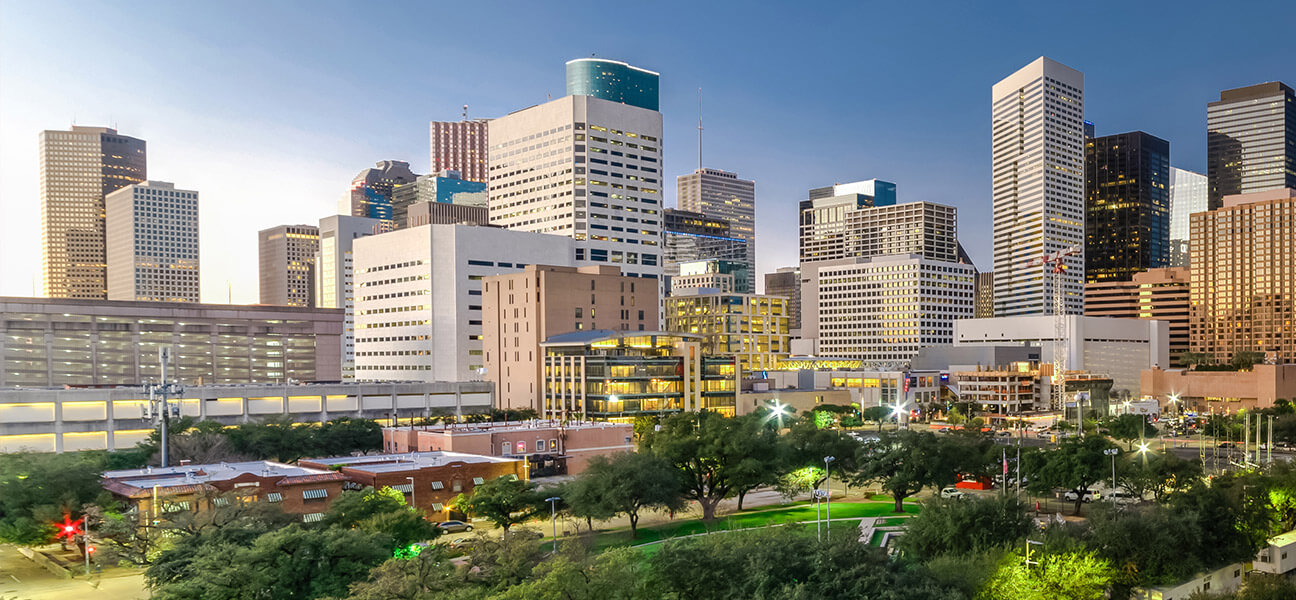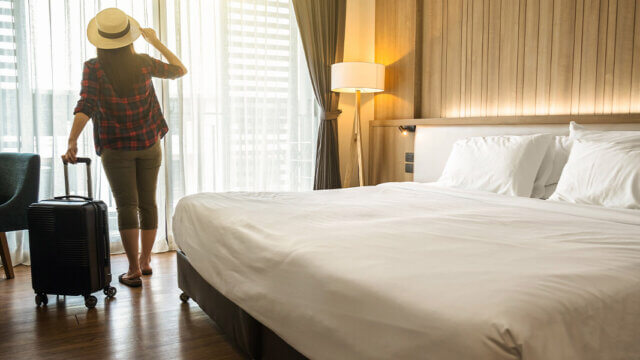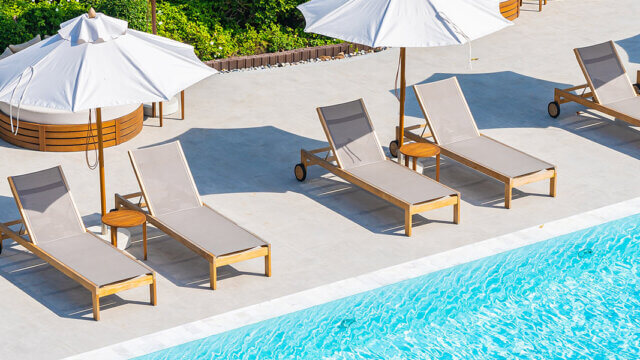According to data from CBRE, third-quarter hotel demand in the U.S. decreased 0.5% year-over-year (YOY) and supply increased 0.5%, which led to a 1% drop in occupancy for the period.
In the report, the company also said that:
- ADR increased 0.6% during the quarter, the slowest improvement since the pandemic recovery began 10 quarters ago. RevPAR decreased 0.3%, as the modest occupancy decline was partially offset by the rise in ADR.
- While consumer spending remained strong, competition from other lodging sources like short-term rentals and cruise lines, as well as increased outbound international travel, stifled hotel demand and pricing power in Q3.
- Hotel wage growth of 4.7% in September outpaced the national average of 4.3% but was down from 7% at year-end 2022. Average hourly hotel wages lagged the national average by nearly $10, suggesting that pressure for wage increases likely will persist.
- Several smaller secondary markets in the South and Midwest were among the strongest RevPAR performers relative to 2019. On a YOY basis in Q3, RevPAR grew the most in Newark, Tampa, Houston and New York City.
- Occupancy rates for all location types were below 2019 levels in Q3. Town locations were the closest to their 2019 level at 97%, followed by urban locations at 92%.
- Total room nights sold decreased 0.5% YOY, driven by a 1.4% decrease in online travel agency (OTA) demand. Global distribution system (GDS) demand grew the most at 6.3%.


